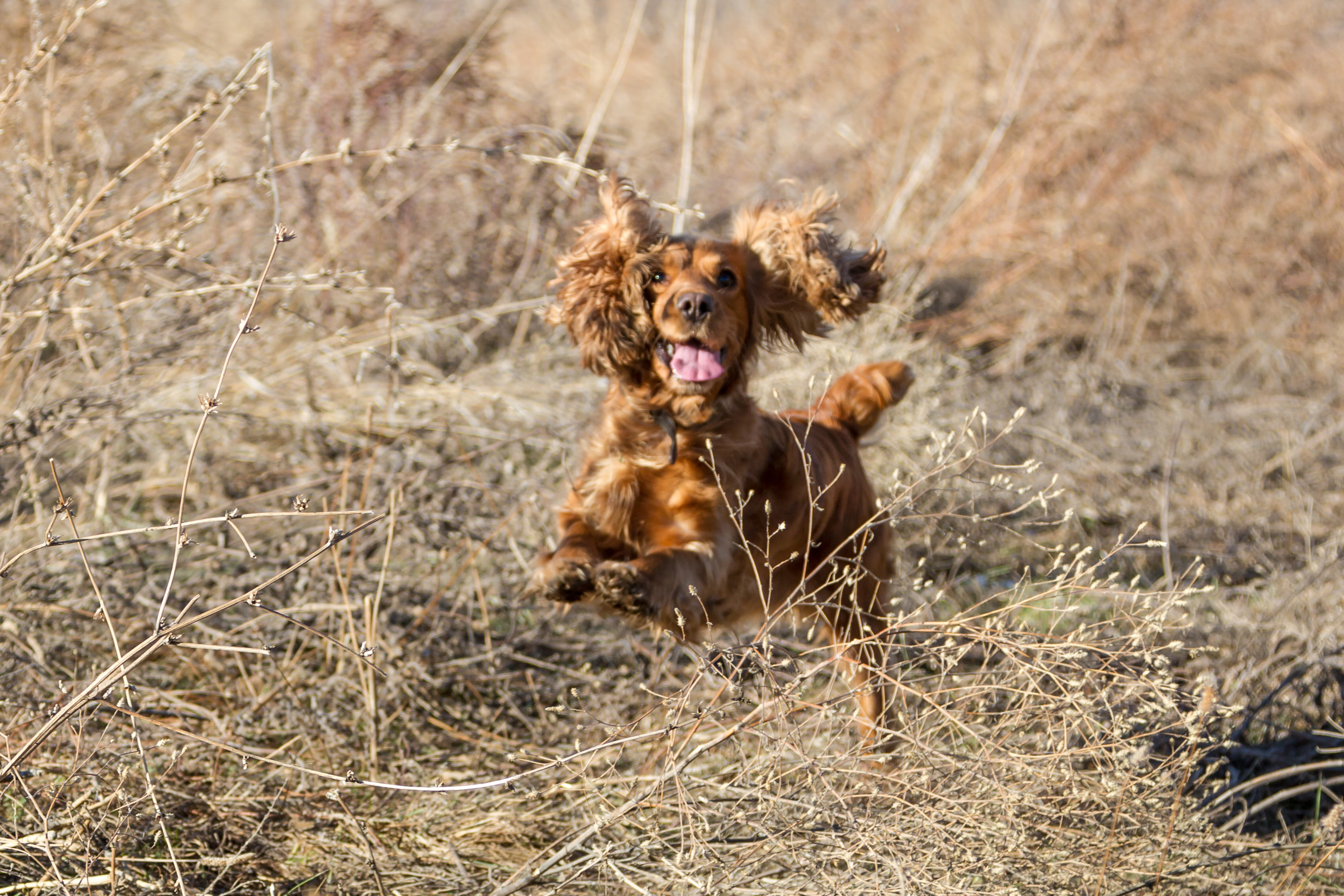
SCOTLAND has ended its outright ban on tail docking for dogs, after MSPs passed exemptions for specific breeds.
The amended legislation allows vets to shorten the tails of spaniels and hunt point retrievers when they are puppies.
Holyrood’s Environment Committee passed the changes after hearing from Environment Secretary Roseanna Cunningham.
She said the change is in response to evidence that these types of gun dogs are at increased risk of injury without having their tails docked, and limits the removal to the end third of the tail.
She said: “The regulations also ensure as far as is reasonably possible that only dogs likely to be used for lawful shooting purposes can have their tails shortened and that veterinarians are the only persons who may carry out the procedure.”
The vet must be satisfied they have sufficient evidence to show the dog will be used as a working dog in later life.
Ms Cunningham added: “We are of course aware that whether or not to introduce this exemption or not remains a highly emotive issue.
“Ultimately the proposed amendment will place the responsibility for making the decision in the hands of those who are, in my view, best placed to make an informed professional judgment.
“These are the practising veterinary surgeons, mostly in rural Scotland, who know the clients who are working dog breeders, understand the risks of injury associated with normal shooting activities and most importantly also have a professional duty to ensure the welfare of all animals in their care.”
The move came after 92% of those who took part in a Government consultation supported docking for these breeds.
Scottish Government Veterinary Adviser Andrew Voas told the committee he estimated around 80 puppies would have their tails docked a year to avoid having to carry out one amputation on an older dog due to injury, which he would cause more pain than the earlier procedure.
The Scottish Government brought in the ban on tail docking in 2007 as part of the Animal Health and Welfare (Scotland) Act 2006, which also makes it illegal to take a dog out of Scotland to have its tail removed.
While other parts of the UK have a ban on docking, there are exemptions for working dogs including spaniels, hunt point retrievers and terriers.
Questioned by MSPs, Ms Cunningham denied the Government was opening up a loophole in the law crediting the narrow focus on specific breeds, despite saying puppies with shortened tails would “clearly” end up as pets.
She said the law was focused on as narrow a population as reasonable, short of waiting to find out which dogs would be working dogs which would cause greater animal welfare issues.
Green MSP Mark Ruskell opposed the changes, as did Labour’s Claudia Beamish and David Stewart.
Mr Ruskell said the Government wants to “weaken” the existing law to match the “unworkable exemptions” in England and that there is no scientific evidence for the changes.
The Committee passed changes by seven votes to three.
‘Failing Scotland’s dogs’
The move has been met with ‘extreme’ disappointment by animal welfare groups.
Sarah Moyes, OneKind campaigner, said:
“We are extremely disappointed by today’s decision by the majority of MSPs in the ECCLR Committee to support the reintroduction of tail-docking for working dogs in Scotland, and are worried about the effect this will have on the welfare of dogs across the country.
“Evidence has shown that puppies experience acute pain when their tails are docked and today’s decision will lead to hundreds of dogs having to undergo this unnecessary and painful procedure.
“Scotland led the UK by introducing a full tail-docking ban for puppies in 2007 and it has been a great success. Today’s decision is simply a huge step back in time, and goes against the opinion of veterinary organisations, animal welfare groups and the public.”

Enjoy the convenience of having The Sunday Post delivered as a digital ePaper straight to your smartphone, tablet or computer.
Subscribe for only £5.49 a month and enjoy all the benefits of the printed paper as a digital replica.
Subscribe